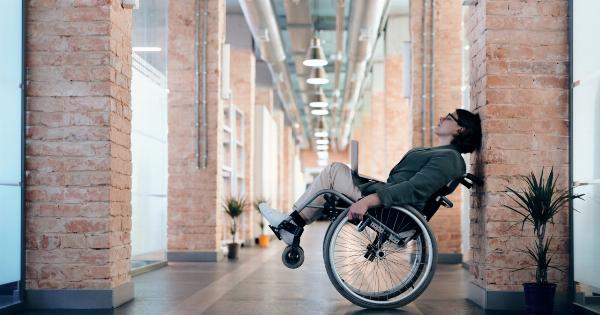Stroke is a debilitating and life-changing event that can leave patients with long-term physical, emotional, and cognitive challenges.
The damage caused by stroke can have a profound impact on an individual’s ability to perform everyday activities and communicate with others. Traditionally, rehabilitation after a stroke has focused on physical therapy, speech therapy, and medication. However, recent research has shown that brain stimulation can also be an effective tool in the recovery process.
In this article, we’ll explore the benefits of brain stimulation for stroke patients and the different types of brain stimulation that are available.
What is Brain Stimulation?
Brain stimulation is a technique that involves the use of electrical or magnetic fields to stimulate specific areas of the brain.
The purpose of brain stimulation is to increase neuronal activity in targeted regions, which can lead to improved cognitive function and neurological recovery.
The Benefits of Brain Stimulation for Stroke Patients
There are several benefits of using brain stimulation as part of stroke rehabilitation:.
1. Improved Motor Function
Brain stimulation can help improve motor function in stroke patients. This is particularly true with transcranial magnetic stimulation (TMS), which can promote the formation of new neural connections and activate the motor cortex in the brain.
Studies have shown that TMS can lead to better hand and arm function in stroke patients, which can help improve their ability to perform daily activities.
2. Enhanced Cognitive Function
Stroke can often lead to cognitive impairment, including difficulties with memory, attention, and executive function. Brain stimulation can help improve cognitive function in stroke patients by activating targeted areas of the brain.
For example, transcranial direct current stimulation (tDCS) has been shown to enhance working memory and attention in stroke patients.
3. Reduced Risk of Depression
Depression is a common complication of stroke, affecting up to 30% of patients. Brain stimulation has been shown to reduce the risk of depression in stroke patients by increasing activity in the prefrontal cortex, which is involved in mood regulation.
Studies have shown that both TMS and tDCS can be effective in reducing symptoms of depression in stroke patients.
4. Faster Recovery
Brain stimulation can help accelerate recovery after a stroke by promoting neuroplasticity. Neuroplasticity is the brain’s ability to reorganize and form new connections between neurons in response to new experiences.
By stimulating specific areas of the brain, brain stimulation can promote neuroplasticity and improve recovery outcomes.
The Different Types of Brain Stimulation
There are several different types of brain stimulation that can be used to help stroke patients:.
1. Transcranial Magnetic Stimulation (TMS)
TMS uses electromagnetic fields to target specific areas of the brain. The procedure involves placing a magnetic coil against the scalp, which generates a magnetic field that stimulates the underlying brain tissue.
TMS is a non-invasive and painless procedure that has been shown to be effective in improving motor function, cognitive function, and depression in stroke patients.
2. Transcranial Direct Current Stimulation (tDCS)
tDCS involves applying a weak electrical current to the scalp using electrodes. The electrical current stimulates the brain tissue underneath and can enhance neuronal activity in targeted regions.
tDCS is a non-invasive and painless procedure that has been shown to be effective in improving cognitive function and depression in stroke patients.
3. Deep Brain Stimulation (DBS)
DBS is a more invasive form of brain stimulation that involves implanting electrodes into specific areas of the brain. The electrodes are connected to a stimulator device that sends electrical impulses to the targeted brain region.
DBS is currently being investigated as a treatment option for post-stroke depression and chronic pain.
4. Vagus Nerve Stimulation (VNS)
VNS involves implanting a small device into the chest that stimulates the vagus nerve, which connects the brain to the rest of the body. The electrical impulses from the device can improve mood and cognitive function in stroke patients.
Conclusion
Brain stimulation is an exciting and promising new tool in the rehabilitation of stroke patients.
By promoting neuroplasticity and activating targeted areas of the brain, brain stimulation can lead to improved motor function, cognitive function, and mood in stroke patients. If you or a loved one has experienced a stroke, talk to your doctor about whether brain stimulation might be an appropriate option for you.






























